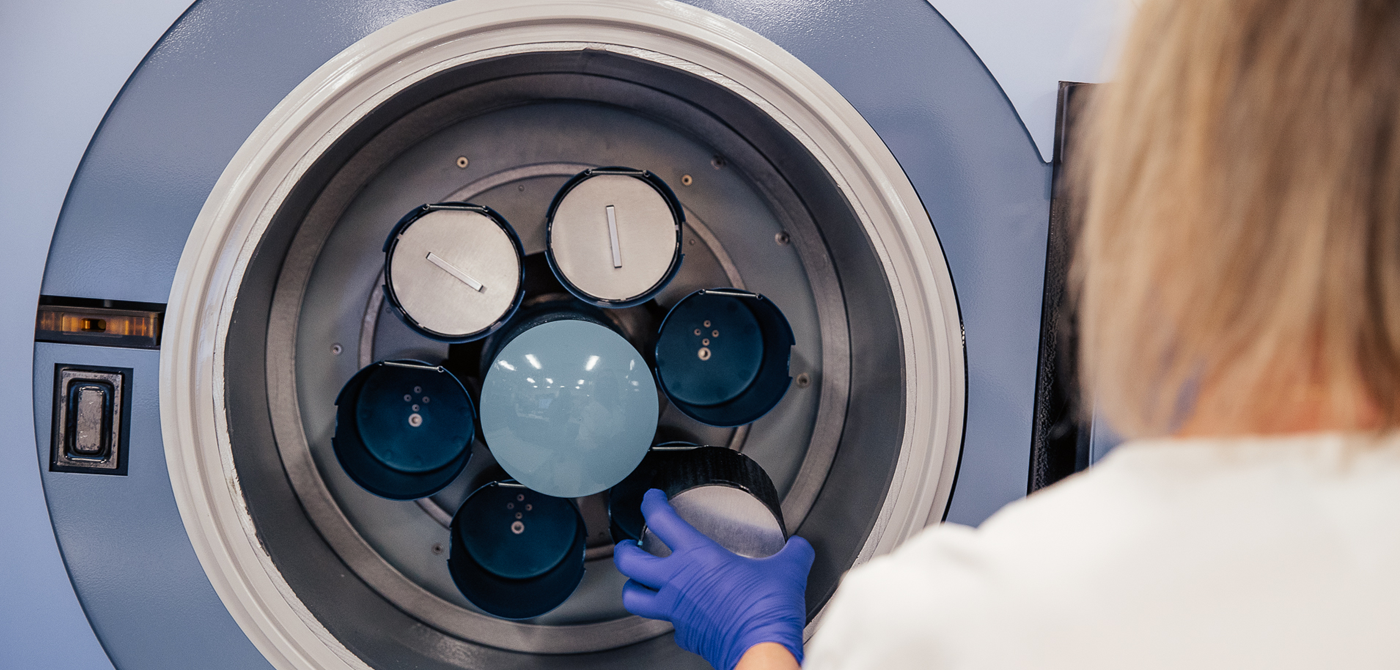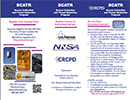Programs
The Off-Site Source Recovery Program (OSRP) encompasses several critical initiatives aimed at enhancing public safety and national security. These initiatives include the removal of sealed sources containing U.S.-origin transuranic material, domestic high-activity devices with over >130Ci of beta/gamma emitting material, devices involved in the Cesium Irradiator Replacement Project, and commercially disposable sealed sources through the Source Collection and Threat Reduction Program.
Transuranic Sealed Source Removals (TRU)
Radioactive sealed sources containing transuranic materials, such as americium-241, plutonium-238, and plutonium-239, often lack a viable pathway for commercial deposition within the U.S. United States. Consequently, licensees may be compelled to retain are forced to store unwanted sealed sources, which can lead to challenges in maintaining security of radioactive sealed sources in their possession. The potential for these sources to become lost, stolen, abandoned, or misused poses significant risks to national security and public health. For these reasons, NNSA has directed OSRP to facilitate the removal of unwanted U.S.-origin transuranic sealed sources that pose present a potential threat.
Cesium Irradiator Replacement Project Removals (CIRP)
Radioactive sources, such as cesium-137, are essential in various commercial, medical, and research facilities. However, they necessitate strict regulatory compliance and sufficient security to prevent these sources from falling into the wrong hands. Advances in technology have led to the development of viable X-ray alternatives to cesium-137 irradiators, which significant mitigate for these requirements.
The Cesium Irradiator Replacement Project (CIRP), administered by the Department of Energy/National Nuclear Security Administration’s (DOE/NNSA) Office of Radiological Security (ORS), provides incentives for facilities seeking to transition from cesium-137 irradiators with non-radioisotopic X-ray devices. These incentives include the safe removal and disposal of disused irradiators, as well as financial support covering 50% of the purchase price for new devices.
For further information on how CIRP can assist you in achieving permanent risk reduction, please contact ORS.
Domestic High-Activity Beta/Gamma Device Removals (HABG)
This process assists with removal of high-activity devices specifically for devices that are not being replaced by X-ray alternatives. Examples of devices considered for removal by this program include, but are not limited to:
- Gammacell models 40, 200, 220, 1000, and 3000
- IBL-437C
- JLS 143
- JLS Mark 1
- Teletherapy heads, such as Theratron 780
Third-Party Assistance
Source Collection and Threat Program (SCATR)
The Source Collection and Threat Reduction (SCATR) program was established by the Conference of Radiation Control Program Directors (CRCPD) in collaboration with the DOE/NNSA. This initiative aims to collect unused sources that may be stored and could potentially be exploited for malicious purposes. Recognizing the limited and costly disposal options available for such sources, the DOE has initiated this program to provide financial assistance to licensees for the secure disposal of these sources through this CRCPD program.
The SCATR program is specifically designed for sources that do not fall under the International Atomic Energy Agency’s Category 1 and 2 sources. Examples of sources that would be eligible for the SCATR program include:
- Medical brachytherapy sources (137Cs and 226Ra)
- Eye applicators (90Sr)
- Low activity sources that exceed the NRC 120-day half-life limit for decay-in-storage
- Long half-life industrial sources
- Calibration sources
Please note that this program is limited to sealed sources and does not include non-commercially disposable transuranic isotopes, which can be directly recovered by OSRP. Additionally, sources that have already undergone ten half-lives should not be registered for the SCATR program. For more information, please visit the CRCPD SCATR website and/or their brochure below.
A list of common outlets for radioactive material can be found here.
And a list of U.S. brokers is available here.




